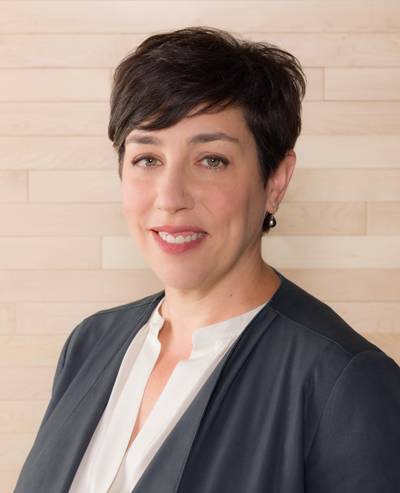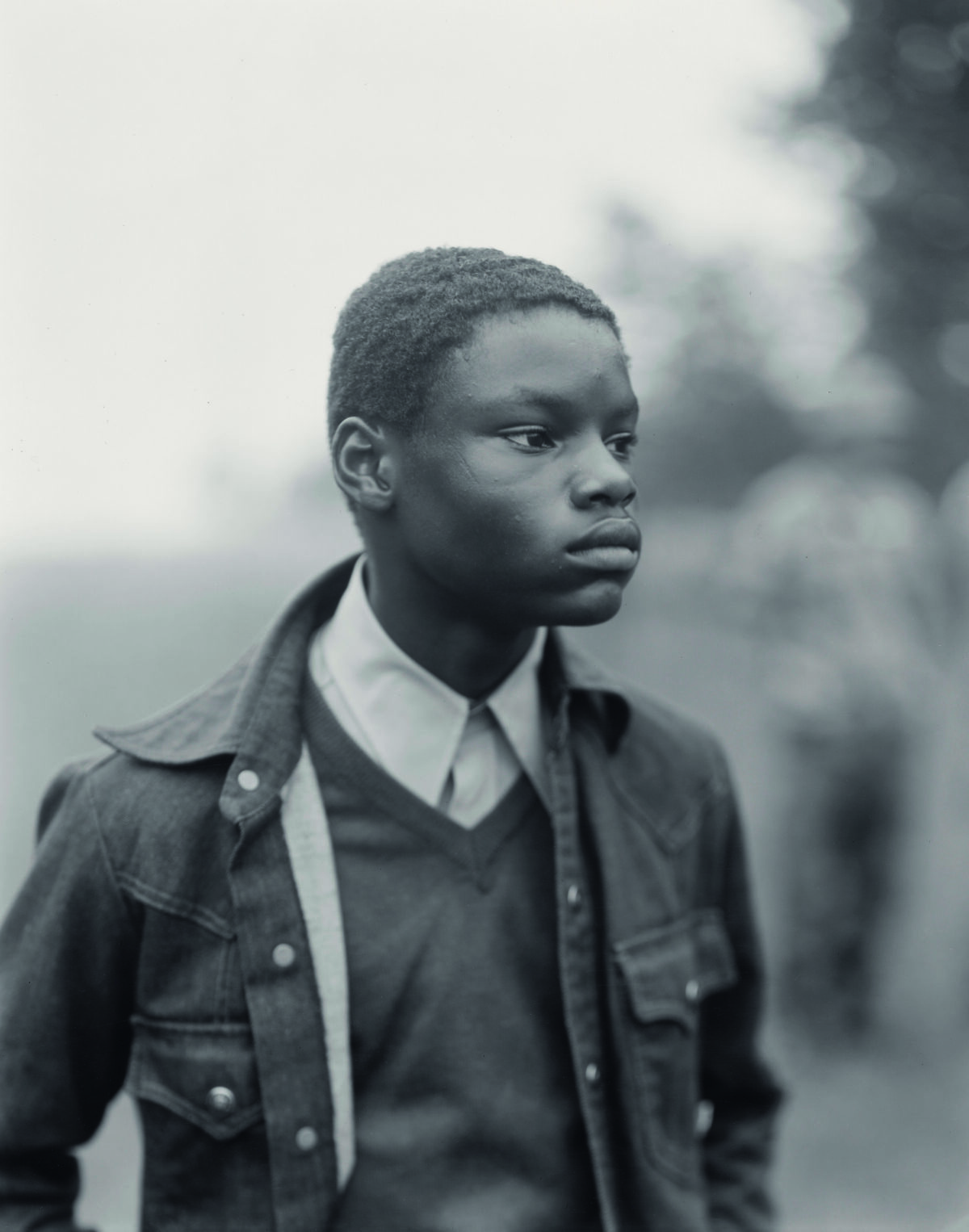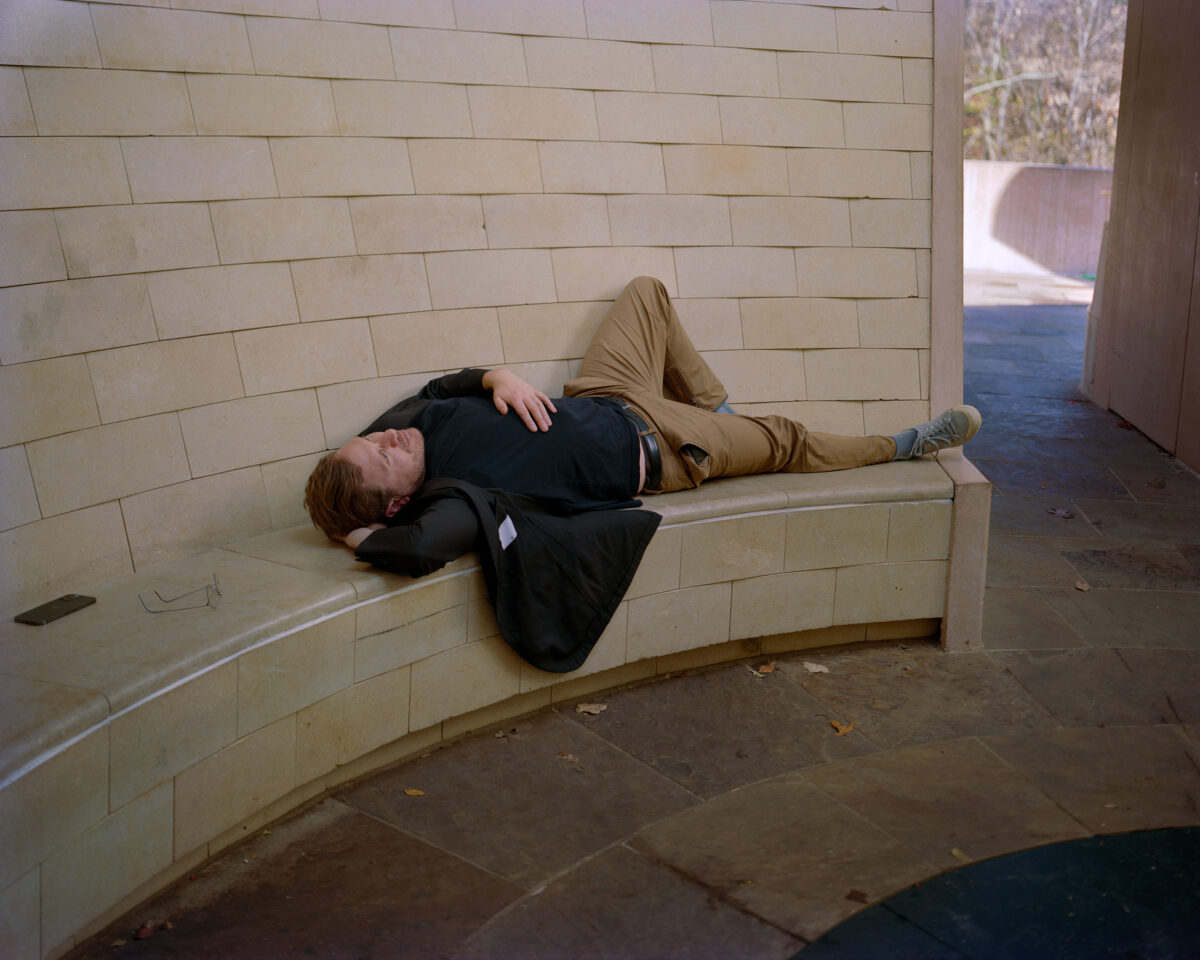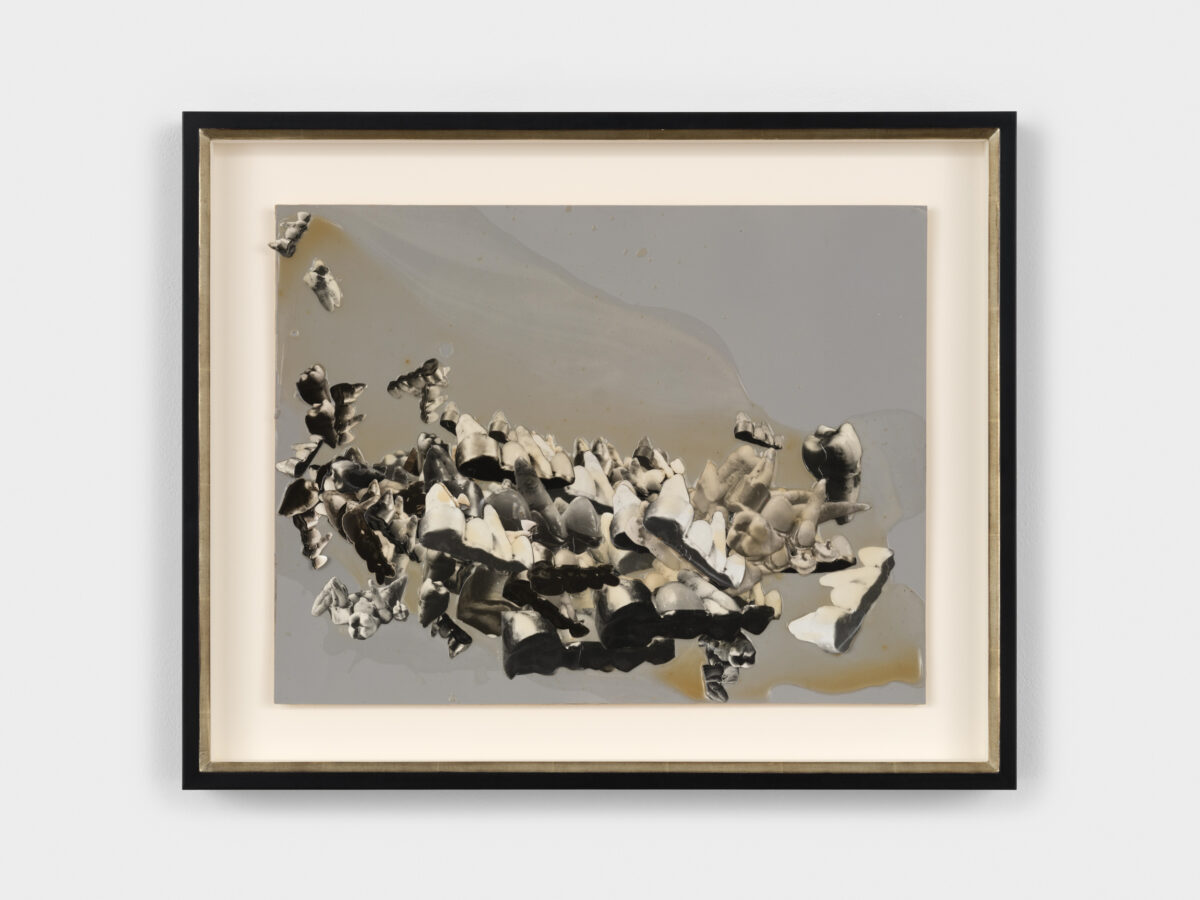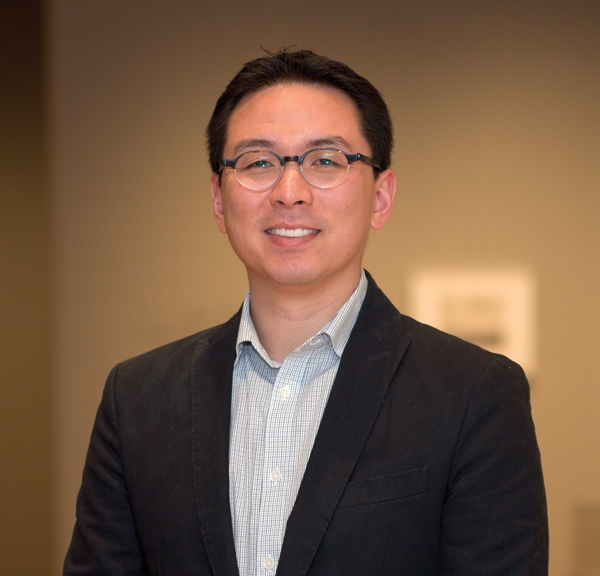Los Angeles is not only the center of the film business, but increasingly a destination for photography lovers, and much of that has to do with the mammoth holdings of the J. Paul Getty Museum. Judith Keller, the Getty’s senior curator of photographs, joined the museum as associate curator in 1986, just two years after Weston Naef founded the photographs department there, and she took over as head of the department after Naef retired, in 2010.
A Midwestern transplant to the West Coast, Keller was born outside of Chicago and raised in Pennsylvania and Indiana. Her father, a professor of speech and communications, and her mother, who stayed home to raise four children, were avid museumgoers, she says, who regularly took her to the Art Institute of Chicago. She went on to earn both a BA in art history and a master’s in museum practice and art history at the University of Michigan.
Keller knew from an early age that she wanted to do museum work, but she couldn’t have foreseen the size and prominence of photography departments such as the Getty’s, which now has 7,400 square feet of space for photography and some 38,000 prints (or 78,000 objects, if you count individual plates within albums for instance). The schedule of exhibitions has grown as well, from five small shows a year to six or seven large exhibitions. “It’s a much more ambitious schedule now than we ever had before,” says Keller. The Getty often has several photography shows up concurrently: For instance, The Universe Next Door: Abelardo Morell, which travels from the Art Institute of Chicago, opens October 1, as does At the Window: The Photographer’s View. A small show on photography and architecture opens October 15, and Werner Herzog’s video installation, Hearsay of the Soul, is on view through January 19.
Keller describes the Getty’s photography collection as encyclopedic in terms of the West. “It started out as really a 19th- and 20th century collection that originally stopped at World War II,” she adds. “The collection used to be weak in post-1950s work, but one of the things I’ve been doing in the last few years is to try to enhance the late 20th century aspects of the collection.” The Getty has recently acquired conceptual work by Robert Rauschenberg, Ed Ruscha, Sarah Charlesworth, Allan Sekula, and William Wegman, among others.
Keller has put her own stamp on the museum in terms of collecting photography from Asia as well: she organized Photography from New China, in 2010, and Japan’s Modern Divide: The Photographs of Hiroshi Hamaya and Kansuke Yamamoto, which closed at the end of the summer. About five years ago, Keller began the push to collect Asian photography, particularly from Japan. “We had a few pictures that Sam Wagstaff had collected, including a number of albums by 19th-century Japanese photographers,” she says. “But it was something I was especially interested in, so I started making trips to Japan.”
Given that Los Angeles has a huge population of people from Asia and East Asia, adds Keller, “It makes complete sense that we collect photography from that part of the world.” But more importantly, she says, “The history of photography in Japan is as strong as any other and as old as any other. It should be published and exhibited.”


